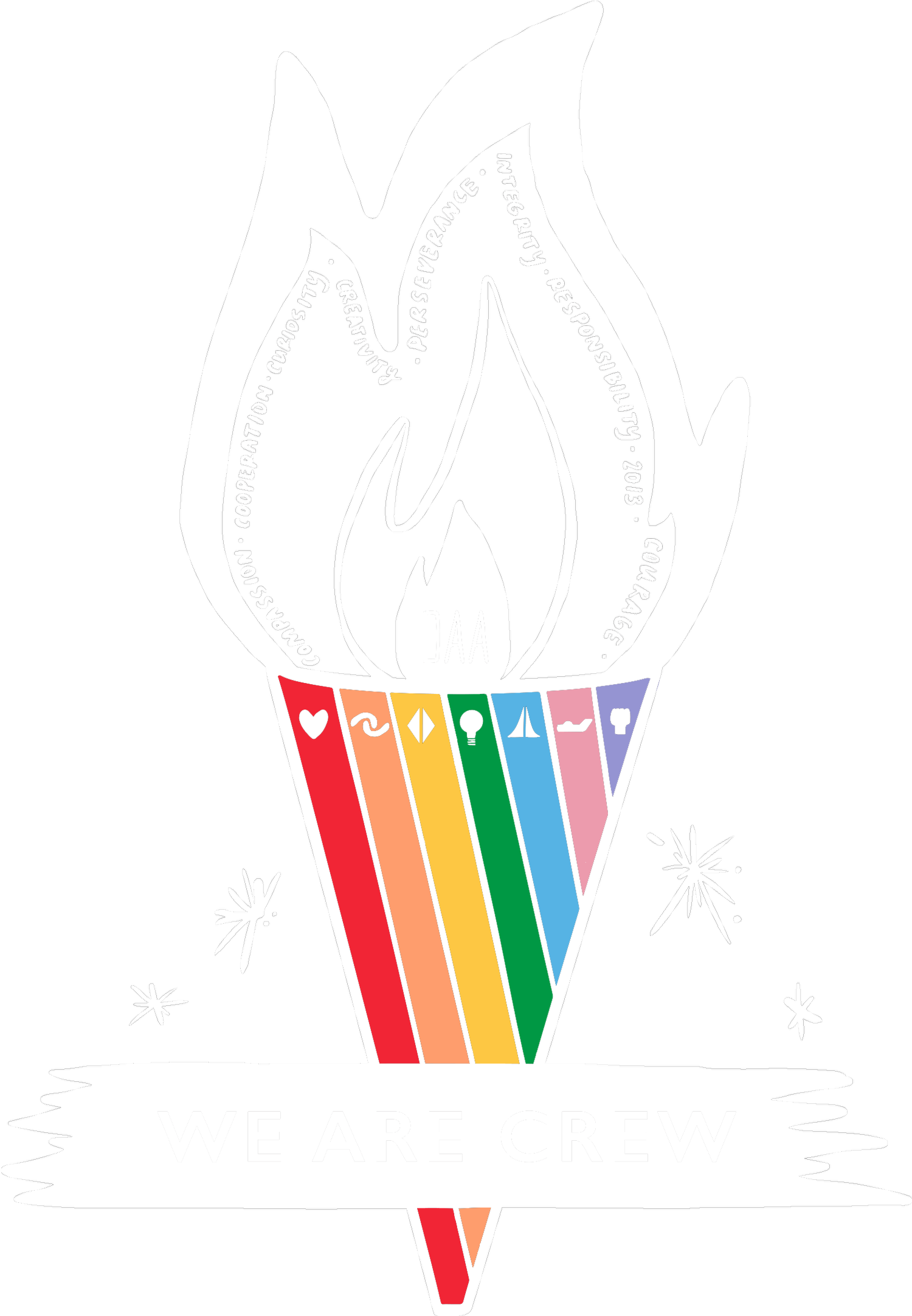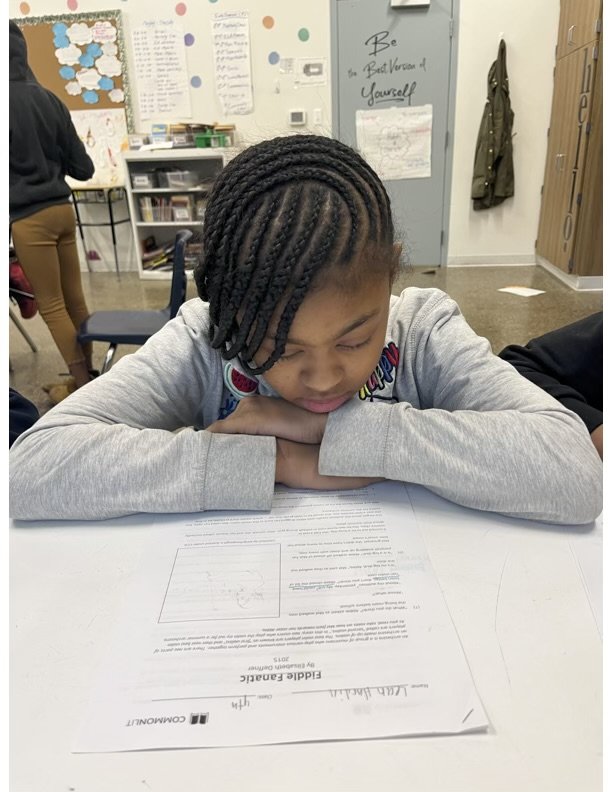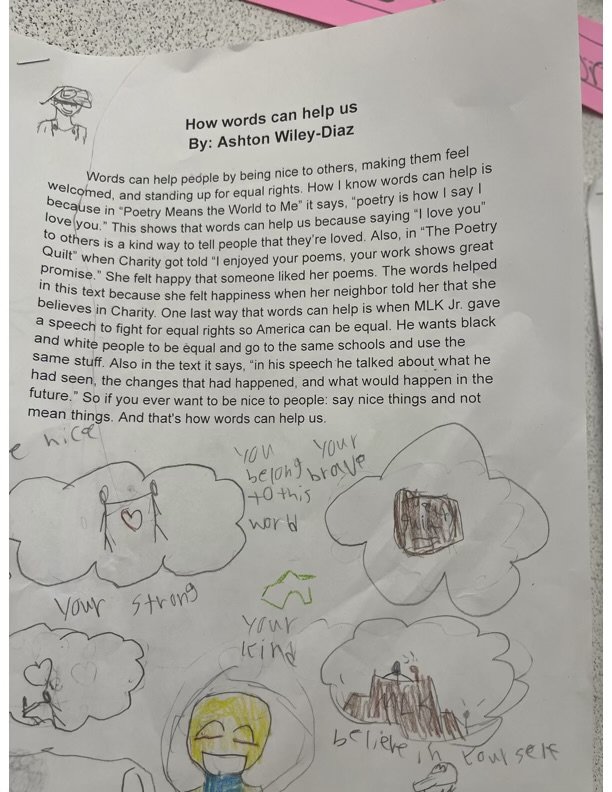The Writing Process (Part 2!)
Back in December, I wrote a blog post about the writing process. In the blog post (linked here), I described the work that I did with my 4th grade small group to write essays. In that group, students read and annotated texts, synthesized key themes and ideas, and moved through all five steps of the writing process (plan, draft, revise, edit, and publish) to create their final essays. Students did a great job writing essays around the theme of how various foods were invented.
This blog post is a “Part 2” because it describes all of the ways that I built upon that previous work with my current 4th grade small group.
Over the past month, students in the small group have similarly worked on reading texts, synthesizing common themes, and using all steps of the writing process to write and publish an essay. In reflecting upon what worked well and what could be added or changed to increase the level of engagement and rigor even more, my second small group writing process included the following updated elements:
#1
Variety in text genres. The first time around, students read 3 non-fiction texts. For round two, I wanted them to focus on synthesizing across a variety of different text genres. Students read 2 short stories, a poem, a fable, and a biography. The variety in texts pushed students to think deeply around how evidence and themes varies based on the text structures of different genres.
#2
Choice in topic sentence focus. The first time around, students all had a similar topic sentence. This time, I wanted students to have more choice and ownership over how they framed the topic of their essays. All 5 texts had to do with the guiding question: How can words help or harm? Some texts addressed how words help, some addressed how words harm, and some addressed both sides. Students got to choose whether their topic sentence addressed how words HARM, how words HELP, or both. This choice and ownership lead to higher quality, more complex, and more engaging topic sentences.
#3
Opportunities for peer feedback. The first time around, students revised and edited their work and I revised and edited their work and provided them with feedback. This time, I built in opportunities for students to utilize checklists and rubrics to provide one another with feedback. Not only did this lead to higher quality final drafts due to an additional round of editing, but students really learned a lot from reading and critiquing each others’ rough drafts.
#4
Celebration of learning! The first time around, we typed up and printed and displayed our final drafts, and that was that! At DAA, Celebrations of Learning are a really meaningful final step in any module. I wanted my small groups to experience that same sense of celebration for all the work they had put in during our writing “modules”. We invited Mr. Lemons and Mr. Youssef to a Celebration of Learning (in the DAA library) where all students had an opportunity to share their final writing aloud, describe the learning process, reflect upon what they learned throughout the writing unit, and answer questions. This Celebration of Learning resulted in an increased sense of pride and a reinforcement of what elements students will continue to utilize in their writing moving forward
In conclusion, reflection and growth is such an important part of the learning process, for teachers as well as for students. In reflecting upon what worked well with the first round of the writing process, I was able to build off of this and add in additional meaningful elements to continue to strengthen the writing instruction and experiences that students are receiving. I can’t wait to see what round three brings in the future!




